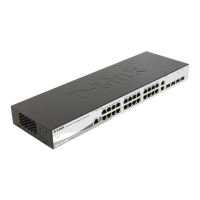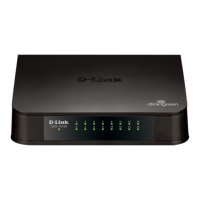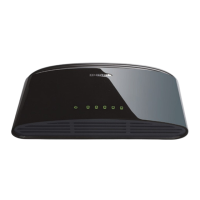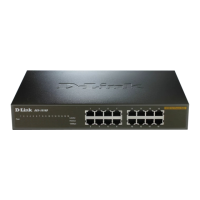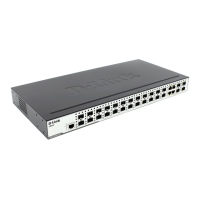DES-1210-52/ME L2 Metro Ethernet Switch CLI Reference Guide
17
based management software is 80.
Only Administrator or operator-level users can issue this command.
Example usage:
To enable HTTP and configure the TCP port number to listen for Telnet requests:
DES-1210-52/ME:5# enable web 80
Command: enable web 80
Success.
DES-1210-52/ME:5#
To disable the HTTP-based management software on the Switch.
The disable web command disables the Web-based management
software on the Switch.
Only Administrator or operator-level users can issue this command.
Example usage:
To disable HTTP-based management software on the Switch:
DES-1210-52/ME:5# disable web
Command: disable web
Success.
DES-1210-52/ME:5#
Used to activate the auto configuration function for the Switch. This
will load a previously saved configuration file for current use.
When autoconfig is enabled on the Switch, the DHCP reply will
contain a configuration file and path name. It will then request the file
from the TFTP server specified in the reply. When autoconfig is
enabled, the ipif settings will automatically become DHCP client.
When autoconfig is enabled, the Switch becomes a DHCP client
automatically (same as: config ipif System dhcp). The DHCP server
must have the TFTP server IP address and configuration file name,
and be configured to deliver this information in the data field of the
DHCP reply packet. The TFTP server must be running and have the
requested configuration file in its base directory when the request is
received from the Switch. Consult the DHCP server and TFTP
server software instructions for information on loading a
configuration file.

